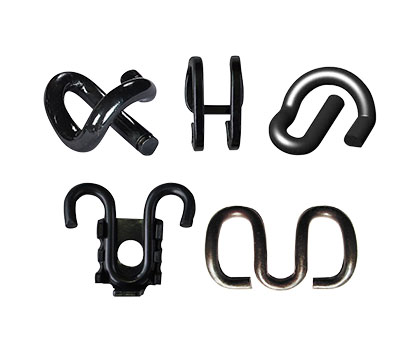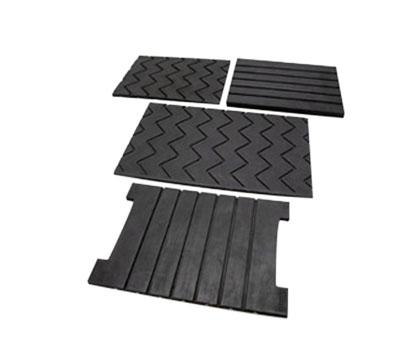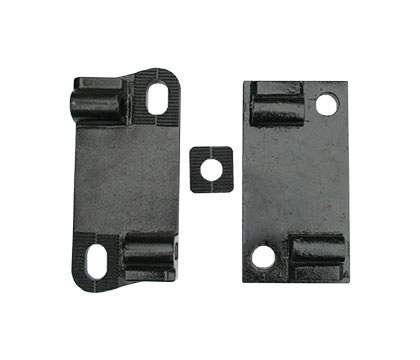Fishplate is also called rail joint bars, used to joint two rails in railway. Then how does a fishplate joint two rails?
First of all, all fishplate joints shall be fitted with the designed number of bolts each fitted with a nut and washer(s) (or other approved fastener system), and shall be correctly tightened, except as permitted in the following situations:
Where rail ends have been sawn or disc cut in preparation for site Alumino-thermic Welding, the maximum permitted speeds shall be 50mph for: Joints fitted with a Temporary Rail Clamping System; Joints Back Hole Fished.
Second, fishplates shall be appropriate to the rail section to be joined, the location of the joint and the nature of the traffic passing. When joining two rails together by means of a fishplated joint the following shall be considered:
- the condition of the rail ends. If there are any obvious rail end defects then the rail ends shall be cut back and rechecked for defects or a replacement rail obtained;
- the compatibility of the two rail sections (including sidewear);
- the expansion gap or other gap required;
- the characteristics (i.e. materials, spacing etc.) of the sleepers immediately on either side of the joint shall be the same;
- the alignment and level of the rail ends.
On completion of the fishplated joint the following shall be checked:
- the running surfaces of the two rail ends shall be nominally coplanar;
- the rail ends shall be in line laterally.




